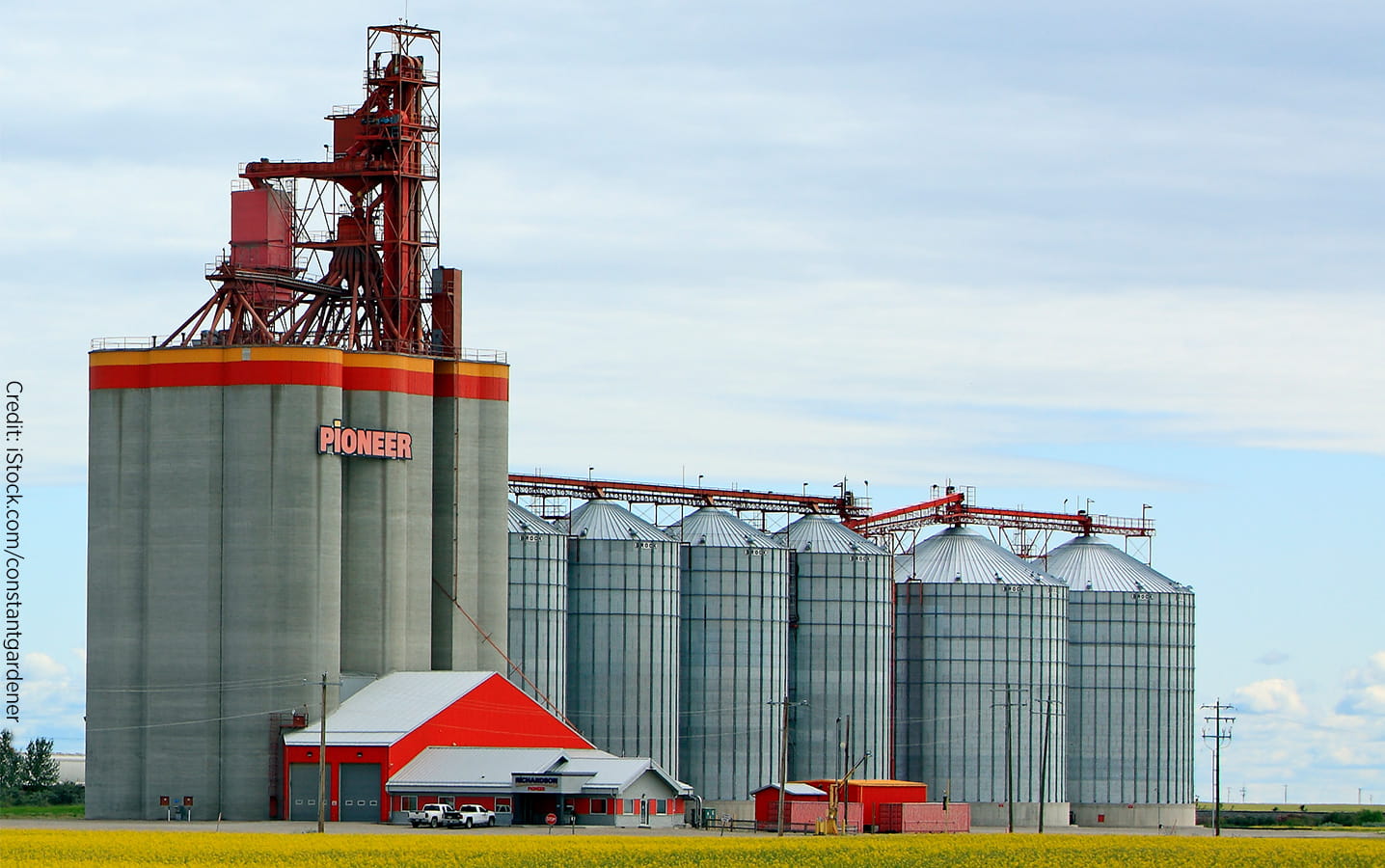Canola profit opportunities exist despite challenges
Bearish commodity markets are making profitability more challenging, but not impossible, especially with some deft plays that experts advise farmers to take. The world is in a deflationary, debt-driven spiral right now, says ProMarket Communications president Errol Anderson, and the consequences haven’t spared canola. But even amid global turmoil, growers aren’t completely shut out of turning a profit.
If there’s a need to sell grain aggressively early in the crop year to meet cash-flow needs, farmers should first consider how canola stacks up against other crops in their rotation.
“Sometimes you’ve got to take what the market gives you,” says David Derwin, portfolio manager and investment advisor for PI Financial. If you’re growing a diverse rotation, be proactive when crops other than canola are offering pricing opportunities. “Be more aggressive with those commodities when the market’s bidding up the price,” Derwin says. “If it’s not canola, look elsewhere.”
However, the fact that canola is easily marketable might make it a relatively better crop to sell early in the year, says LeftField Commodity Research analyst Jon Driedger. Special crops can go through periods of very low buyer activity, Driedger points out, while other crops, like durum, which have a tighter supply outlook than canola, might offer greater potential upside later in the year.
“Options can lower both marketing and storage risks for a grower, and, due to low futures price volatility this past summer, canola put and call option premiums have been quite reasonable to purchase.”
Sell into rallies
Take advantage of any canola price rallies instead of lingering in expectation of bigger gains, experts counsel. “To wait for that magic $500 a tonne, you could be waiting a while,” warns Derwin.
A bearish carryout and ongoing trade spat with China are old stories, but ones that Derwin says have a deeper and lasting impact that won’t simply be resolved over the course of a single crop year.
Anderson adds that farmers should act quickly when they receive a basis premium text from buyers in this environment of uncertain futures. “The market’s ruthless: once it’s over, it’s over, and it’ll fall back,” he says.
And for farmers affected by inclement weather and have a range of quality to sell, Anderson’s rule of thumb is to move their lowest grade first if possible. “If the market goes into a recovery, the top grade will go up further; low grade will always drag,” he says.
Capture carry
Farmers willing to wait for better prices and store their canola have the opportunity of capturing the market carry – which is the premium offered by deferred futures months. “If you’re going to take canola and hold it in your bin over the winter, you might as well get paid for it,” says Derwin.
As an example, the difference between the nearby canola contract and the March 2020 represents the amount the market will pay farmers for simply waiting until, say, mid-February to deliver their canola, Driedger says. A farmer could potentially secure a significantly higher price by locking in the futures value, waiting for basis levels to improve, while holding off on the delivery of their canola, Driedger explains.
Options trade
Storage, however, does come with risks, spoilage not being the least of them. For those wishing to stay long into the spring, Anderson recommends selling the cash (to get cashflow into the farm while also moving canola out of the bin), and using call options.
“That way, if the market continues to go down, you’re only exposed to the call option premium,” says Anderson. “Say you spend $10 a tonne: yes, it can go to zero, but it’s better than having a bin full of unpriced canola.”
He adds that clients who purchased November put options at $480 to $500 per tonne last spring were urged to exit, take the profits, and buy January puts to shield them from price downturns until Christmas. “Options can lower both marketing and storage risks for a grower, and, due to low futures price volatility this past summer, canola put and call option premiums have been quite reasonable to purchase,” Anderson says.
Derwin is also pro-options. For an example, he says farmers weren’t that keen to price their wheat during an earlier rally and thereby missed out on capturing better values. But using options, he says, would give them the opportunity to lock in better values without committing grain. They’ll not only have flexibility to cash in if the market goes higher, but also sleep better at night knowing they’ve got their downside price locked in, too.
“Options strategies in general are great to have in the toolbox,” says Derwin.
Grain contracts
Farmers have access to a variety of contract types, and depending on the contract, can lock in a basis, select a futures price, schedule a delivery slot or set a price floor.
“There are some seasonal patterns in basis, particularly canola, and sometimes basis can fluctuate almost as much as the underlying futures price,” Derwin says. “Producers may be able to capture some additional beneficial pricing by keeping a close eye on basis levels, as well as cash and futures prices.”
Although contracting options can have a time and place, Driedger believes growers are typically much better off to use a hedging account to increase their marketing and price risk management flexibility, then simply focus on picking a pricing window – spot or deferred – to sell to the elevator.





